Galleries
The Berlin Art Scene Explained by Five of Its Tastemakers
Christian Boros says Berlin is unique because it avoids the establishment.
Christian Boros says Berlin is unique because it avoids the establishment.
Henri Neuendorf

Much has been written about Berlin’s uber cool art scene and its development over the last 20 years. One thing is for certain, the city and its art community has changed dramatically. As the 9th Berlin Biennale gets underway, artnet News spoke to five influential members of Berlin’s art community to find out what its really like to work in the visual arts in the German capital.
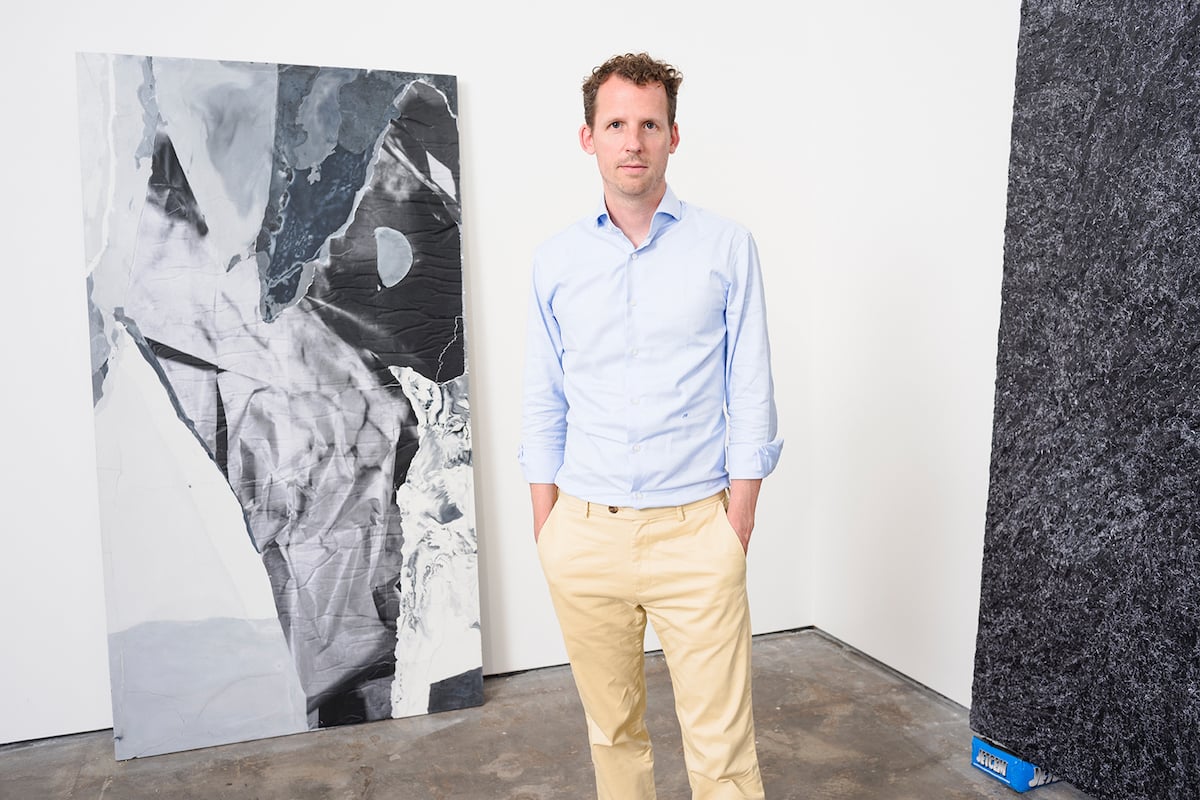
Jan Wentrup with works by artist duo Peles Empire. Photo: Trevor Good, courtesy Wentrup Gallery, Berlin.
Jan Wentrup, co-owner, Wentrup Gallery
Founded in 2004 and located in Berlin’s multicultural Kreuzberg district since 2009, Jan Wentrup and his wife Tina have developed their eponymous gallery into a mainstay of Berlin’s art scene. Representing a diverse group of international artists such as Karl Haendel, Gregor Hildebrandt, Cristian Andersen, and Nevin Aladag, the gallery’s program reflects the internationalization of Berlin’s arts.
“In the beginning we didn’t do our business in Berlin or even in Germany,” Wentrup admitted to artnet News. “The early success of the gallery was carried by foreign collectors. That has a little bit to do with mentality, the Germans tend to take their time, wait and see and gain trust,” he explained. “But I can definitely say that in the last ten years Berlin has developed positively because not only are people coming to Berlin regularly, but many people also have a second home in the city who are especially interested in the art scene here.”
“I think the challenges facing gallerists in Berlin aren’t that different from the challenges facing gallerists in London, Paris, or New York,” Wentrup continued. “On the one hand, it’s doing a sustainable and responsible program and not jumping on every bandwagon, but to stand with the artists, work sustainably for the artists, to be patient, and to believe in the artists. That is equally challenging everywhere, although perhaps it takes a little longer in Berlin and in Germany because the people here want to see that one stands with ones artists.”
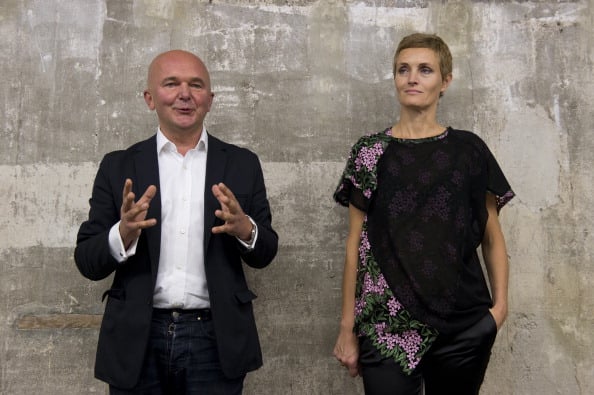
Berlin based collector and publisher Christian Boros and his wife Karen. Photo: JOHN MACDOUGALL/AFP/GettyImages
Christian Boros, collector
The ad agency and publishing entrepreneur Christian Boros is one of the Berlin’s most active collectors. In 2008 he opened up his collection to the public at the Sammlung Boros. a converted air raid bunker and former food bank.
In a telephone interview, Boros told artnet News what makes Berlin unique. “That it still manages to somehow avoid the establishment, that’s what makes it different from the London or New York scene. At openings it’s different than what I experience in New York where the society is in attendance; here it still feels like a big playground,” he said.
“Thousands of artists from all over the world come to Berlin to work,” he added. “And Berlin is—and this is the big advantage—a production base for art, in contrast in London, where art is bought but is no longer produced. It’s very important for me as a collector to not only be close to the dealers, but also close to the artists.”
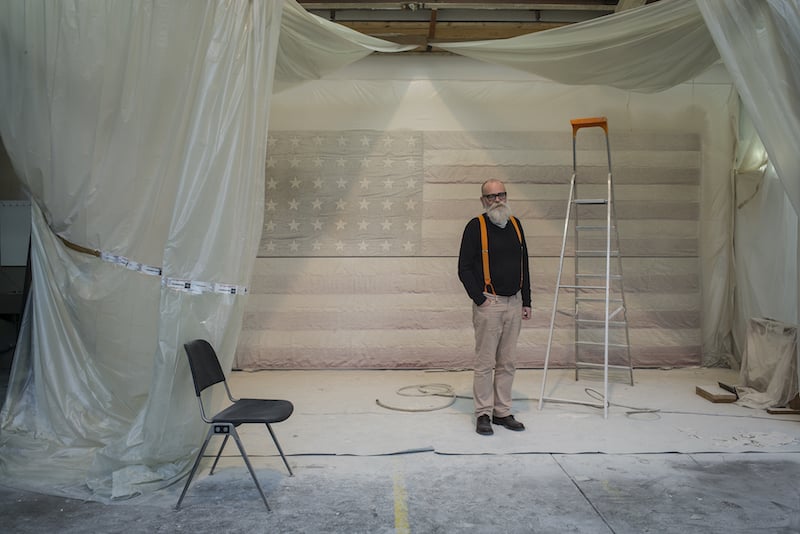
AA Bronson. Photo: Piotr Perobski, courtesy of the artist and Esther Schipper, Berlin.
AA Bronson, artist
A founding member of the legendary art collective General Idea, and a radical and innovative contemporary artists, AA Bronson decided in 2013 to leave New York after 27 years. He settled in Berlin after falling in love with the city during a one-year artist residency. We asked him what attracted him to the city and why he decided to stay.
“There’s a pretty amazing community of international artists here, quality of life is very high for a limited amount of money, and all of the arts are so incredible. In a city of 3.5 million to have seven symphony orchestras and three opera houses is pretty astonishing,” he said.
“One of the big things for me is how much culture is valued here. Berlin has always been a cultural center, and its extraordinary how much value is put on being a cultural producer,” the artist continued. “I think in a way we’re only seeing the beginning of what the art scene here is going to be; I think it’s really on the verge of becoming something very, very important.”
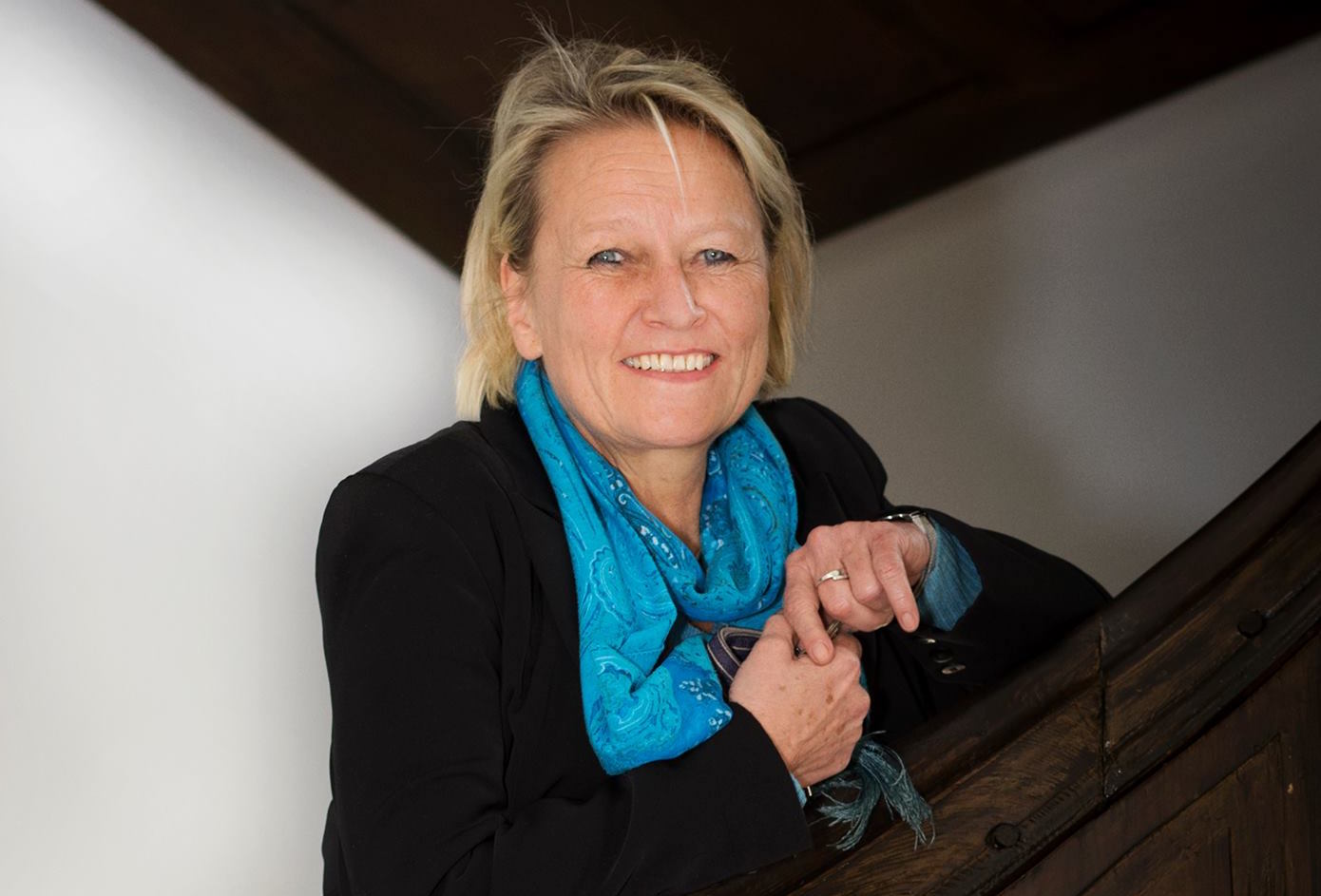
Gabriele Horn. Photo: Karin Müller
Gabriele Horn, director, KW Institute of Contemporary Art and Berlin Biennale
Gabriele Horn’s career has been closely linked to KW Institute for Contemporary Art, the organization from which the Berlin Biennale emerged. Horn, the director of the Biennale’s 9th edition, was involved in the very first exhibition at KW in 1992. As such, she experienced the development of the Berlin art scene first hand. We asked her how the city’s development has affected the local art community.
“In the last years, the real estate situation has severely changed, and with increasing rent, the lack of spaces, [and] the commercialization of cultural trends, it has become more difficult for artists nowadays to live and work in Berlin,” Horn admitted.
But, she added, “the spirit of working independently from external necessity remains, and leads to a continuously big creative input, making Berlin an exciting and inspiring city. Berlin is in a way non-hierarchical and permeable. This permeability is great, because it brings people together who otherwise might not meet. It supports the exchange within the art scene and beyond, encourages discourse, and offers opportunities for the creation of new ideas, or to push ideas forward.”
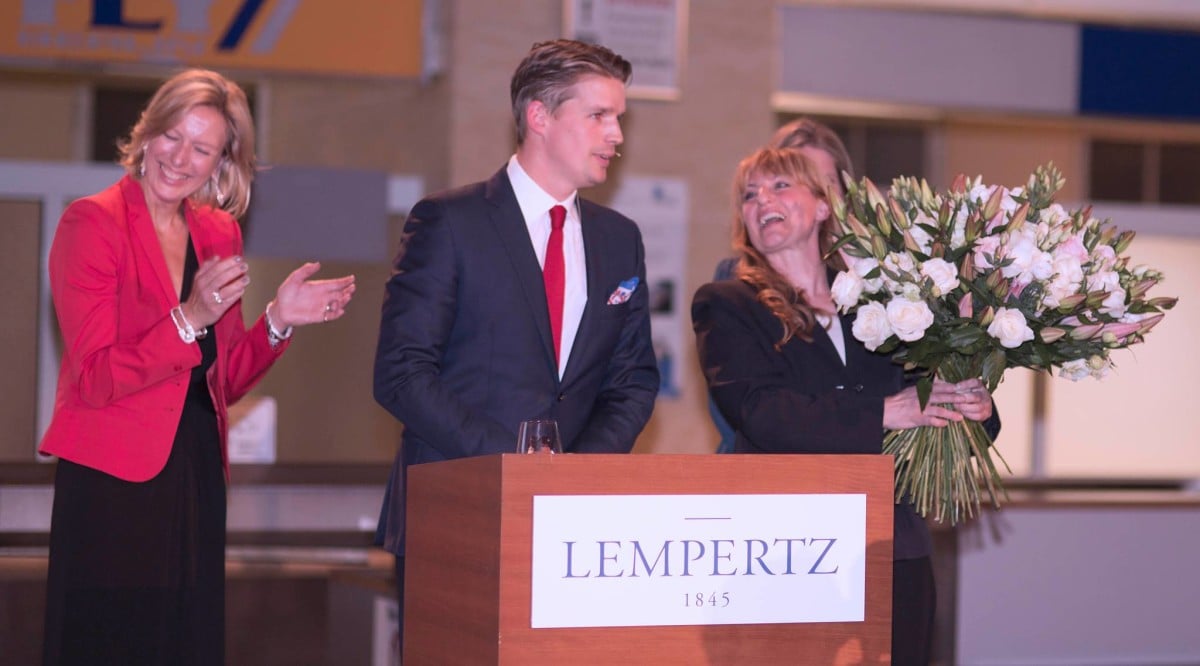
Kilian Jay von Seldeneck. Photo: Bürgerstiftung Berlin via Facebook
Kilian Jay von Seldeneck, auctioneer, Kunsthaus Lempertz
As managing director of the Berlin branch of the German auction house Kunsthaus Lempertz, Kilian Jay von Seldeneck has a unique insight into Berlin’s cultural landscape. Since taking over the directorship of the Berlin house in 2013, the former financier has contributed to establishing it as a leading address in Germany’s secondary art market, and has strengthened Lempertz’s position abroad by renewing the focus of its Brussels branch.
“On the one hand, Berlin’s art scene has kept its experimental spirit, which has been the reason behind its attractiveness. At the same time, it has established itself, as the large number of visitors attending events in the city demonstrates,” von Seldeneck told artnet News. “The city is open and loose, and perhaps that’s why people think that there aren’t many collectors here. In reality, we have fantastic collections from which the city profits and which the people enjoy seeing.”